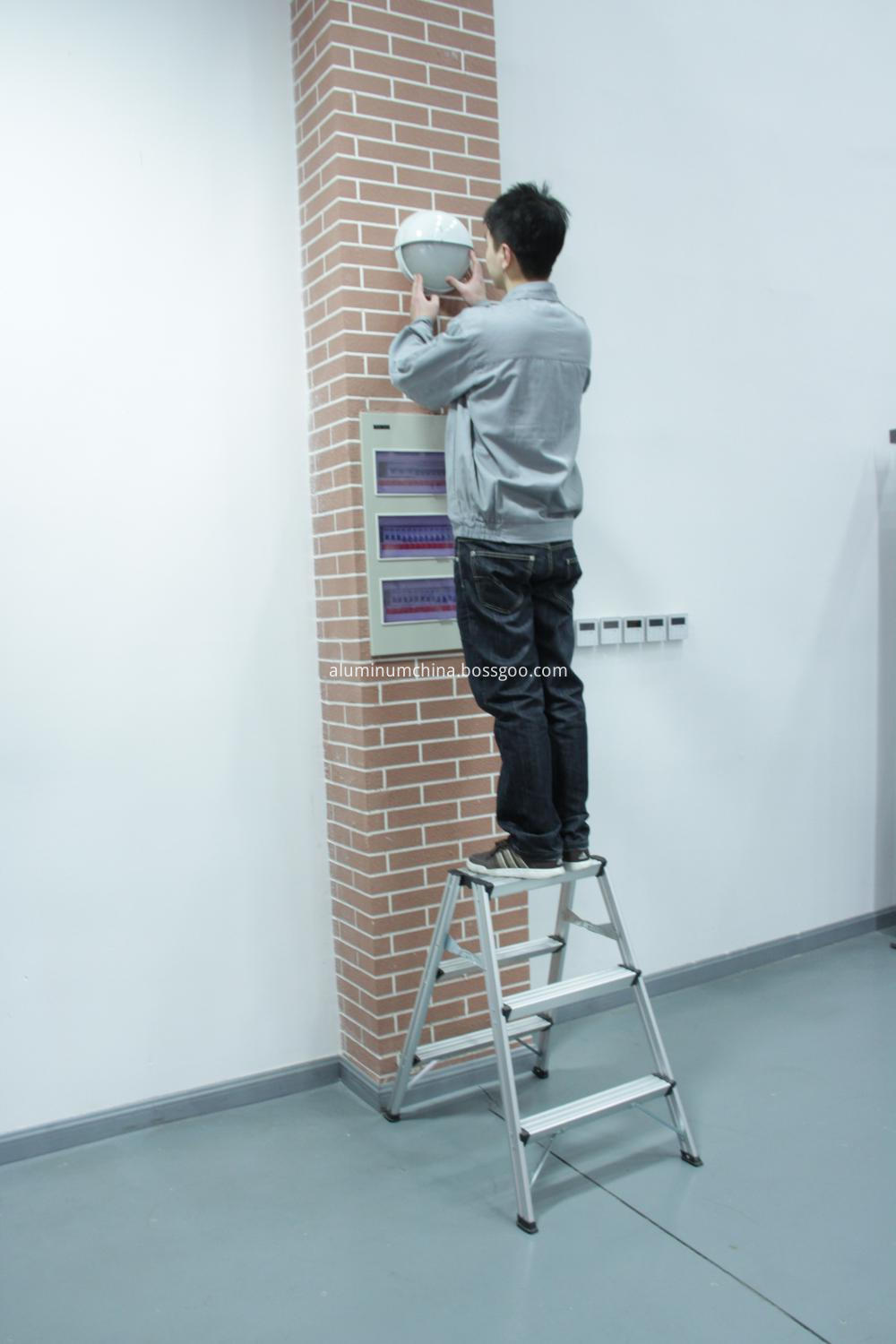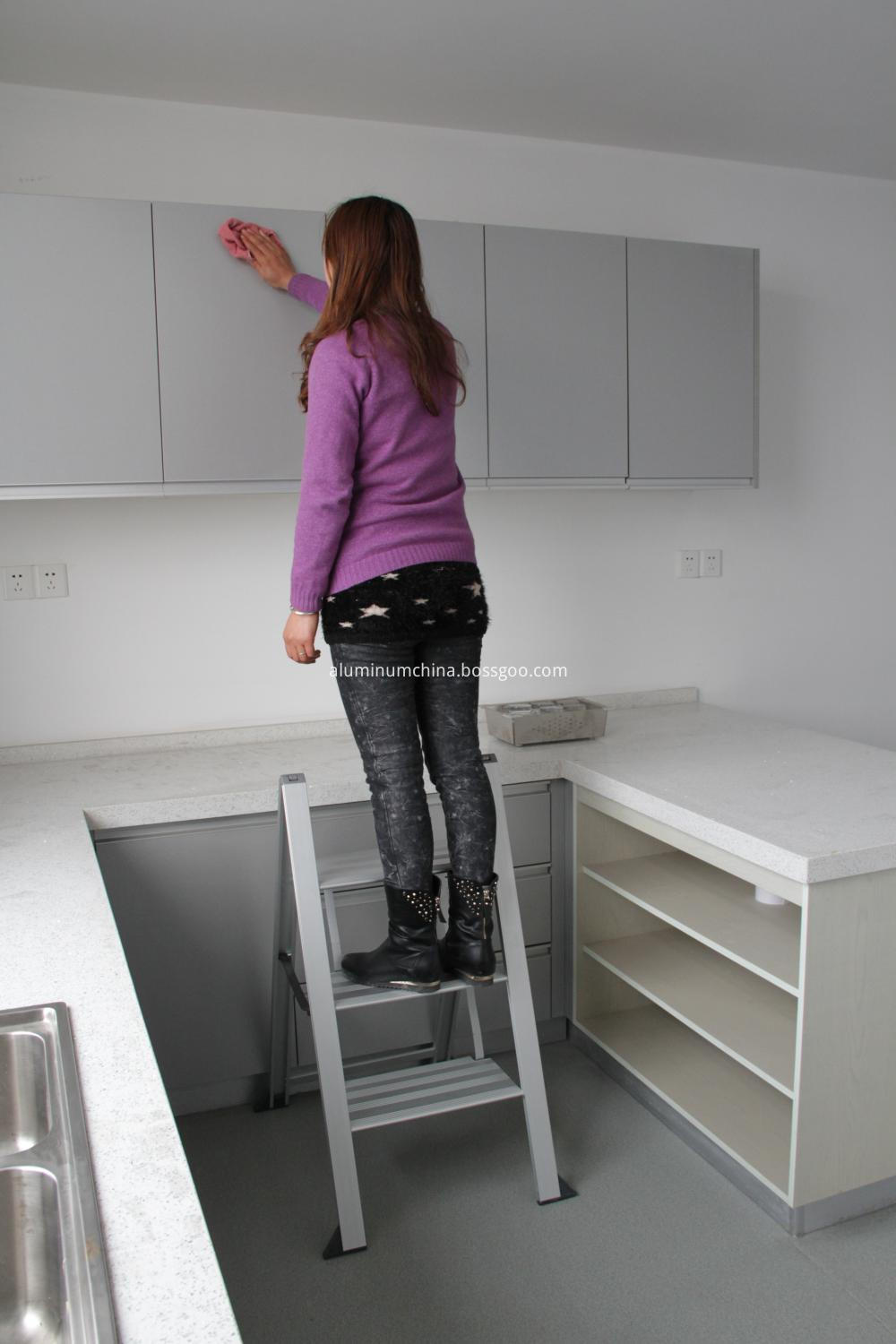Coated tools are the fastest growing new tool in the last 20 years. At present, coated tools in industrialized countries account for more than 80%, and more than 90% of cutting tools used on CNC machines are coated tools.
1 Coating tool, coating material and coating method
Coating tool features
The coated tool combines the advantages of high strength, high toughness and high hardness and high wear resistance of the substrate, which improves the wear resistance of the tool without reducing its toughness. The coating tool has a wide versatility and a wide range of processing, and the use of coated tools can achieve significant economic benefits. A coated tool can be used in place of several non-coated tools, which greatly reduces tooling and inventory, simplifies tool management, and reduces tool and equipment costs. However, after the coating is applied in the existing coating process, the properties of the substrate material and the coating material are greatly different, the residual internal stress of the coating is large, the interface bonding strength between the coating and the substrate is low, and the coating is easily peeled off. Moreover, the coating process also causes disadvantages such as decreased strength of the substrate, poor regrind of the coated blade, complicated and expensive coating equipment, high process requirements, long coating time, and increased tool cost.
Common coating materials and properties
Common coating materials
Commonly used coating materials include carbides, nitrides, carbonitrides, oxides, borides, silicides, diamonds and composite coatings in dozens of categories. These coating materials can be classified into a metal bond type, a covalent bond type, and an ionic bond type according to the characteristics of the chemical bond.
Properties of the coating material
Metal bond coating materials (such as TiB2, TiC, TiN, VC, WC, etc.) have high melting point, low brittleness, high interface bonding strength, strong interaction tendency, good multi-layer matching, good comprehensive performance, and are the most common. Coating material. Covalent bond type coating materials (such as B4C, SiC, BN, diamond, etc.) have high hardness, low coefficient of thermal expansion, poor bonding strength with the interface of the substrate, and poor stability and multilayer matching. The ion-bonded material has good chemical stability, large brittleness, large thermal expansion coefficient, low melting point and low hardness.
Among these coating materials, the most used are TiC, TiN, Al2O3, diamond, and composite coatings.
TiC has good wear resistance and can effectively improve the anti-crater wear resistance of the tool. It is suitable for low speed cutting and severe wear; TiN coating has low friction coefficient, good lubrication performance, can reduce cutting heat and cutting force, suitable for For the generation of fusion and wear cutting; Al2O3 has better wear resistance, heat resistance and oxidation resistance than TiC and TiN, low crater wear rate, suitable for high speed, large cutting hot cutting; diamond coating hardness and thermal conductivity High in nature and low in friction coefficient, suitable for high-speed cutting of non-ferrous metal alloys; while composite coatings are characterized by several coating materials, currently with a combination of double coating and three coating.
Common coating method
At present, the commonly used coating methods are CVD (Chemical Vapor Deposition) and PVD (Physical Vapor Deposition), and other methods such as plasma spraying, flame spraying, electroplating, and dissolved salt electrolysis have major application limitations.
The CVD method utilizes vapor, hydrogen and other chemical components of a metal halide to perform gas-solid reaction such as decomposition, heat-sealing, or chemical transfer at a high temperature of 950 to 1050 ° C to form a solid deposited layer on the surface of the heated substrate. a way. The CVD process has high requirements, and the corrosion of the chlorine and the hydrogen embrittlement may cause the coating to be easily broken and the strength of the base section to decrease. When the cemented carbide is coated, the decarburization phenomenon is easily formed to form the n phase. In recent years, medium and low temperature CVD methods and PCVD methods have been successfully developed to improve the original CVD process.
The PVD method starts late, develops fast, and has a low temperature (about 300-500 ° C). The advantages are many, but the uniformity of the coating is not as good as the CVD method. The coating is not firmly bonded to the substrate, the coating hardness is relatively low, and the coating superiority Not fully reflected. The PVD process requires higher process than the CVD process, the equipment is more complex, and the coating cycle is longer. Currently commonly used PVD methods include low pressure electron beam evaporation (LVEE), cathode electron arc deposition (CAD), triode high voltage electron beam evaporation (THVEE), unbalanced magnetron sputtering (UMS), ion beam assisted deposition. (IAD) and kinetic ion beam mixing (DIM), the main difference is that the gasification method of the deposited material and the method of generating the plasma are different, and the film forming speed and the film quality are different.
2 The development direction of coated tools
New coating material
There are many new types of tool coating materials: the new TiCN-based coating combines the good toughness and hardness of TiC and TiN coatings, which is 2 to 4 times more durable than conventional TiN tools. In addition, TiCN-based multi-component new coating materials such as (Ti, Zr)CN, (Ti, Al)CN, (Ti, Si)CN have appeared. The crater wear produced by AlON coated tools is minimal. TiAlN has high high temperature hardness and excellent oxidation resistance. It has high hardness and good oxidation resistance. Its cutting performance is better than TiN coating. The tool life can be increased by 1-4 times when it is used to process aerospace alloy materials. CrC and CrN coatings are titanium-free coatings that effectively cut titanium and titanium alloys as well as other soft materials such as aluminum alloys. Further, carbides and nitrides of Hf, Zr, and Ta, boride of Hf, Zr, Ti, N, and Ta, and oxides of oxides of Hf, Zr, Ti, and Be are successfully used.
It is worth mentioning that the diamond-like carbon coating of Multi-Scientific Coating Company of the United States uses hot cathode evaporation technology to deposit carbon onto the surface of the tool. The diamond-like carbon coating is well bonded to the substrate and has many diamond-like properties. High wear resistance and low coefficient of friction. Other ZrN, TiZrN diamond-like film coatings (DLC) applications are also expanding, mainly for the processing of non-ferrous alloys.
The titanium aluminum nitride coating is also converted from the previously used Ti0.75Al0.25N to the preferred use of Ti0.5Al0.5N. The Ti0.5Al0.5N coating has an oxidation temperature of 700 ° C. Heating in air produces a surface on the surface. A layer of amorphous Al2O3 film can protect the coating.
Japan's Fujitsu has developed a new coating called SG, which consists of three layers of TiN, TiCN and Ti film. Its wear resistance is better than that of TiN coating, and the bonding strength between the coating and the substrate is high. The surface layer is Ti. It is a special film layer with excellent heat resistance.
Switzerland has also developed a new process called “MOVIC†soft coating, which is coated with a solid lubricating film molybdenum disulfide on the surface of the tool. The cutting life of the tool is increased several times and an excellent machined surface is obtained. Other chalcogen elements such as soft coatings such as WS2 have also made some progress. These soft coatings have good application prospects in processing high strength aluminum alloys and precious metals.
In recent years, high hardness coatings have begun to appear. Including cubic boron nitride (CBN) coating, carbon nitride (CNX), polycrystalline nitride superlattice coating, and the like. CBN coating hardness of 5200kgf / mm2, second only to diamond, can effectively cut hardened steel and other difficult alloys. If a carbon nitride (CNX) coating is capable of forming b-C3N4, it is theoretically possible to calculate that the hardness will exceed that of diamond. There have been reports of carbon nitride synthesis. Polycrystalline nitride superlattice coating is a promising new tool coating. The hardness of polycrystalline TiN/NbN and TiN/VN superlattice coatings is 5200kgf/mm2 and 5600kgf/mm2, respectively. The coating is highly hard due to difficulty in intralayer or interlayer dislocations.
New coating process
With the development of coating technology, PACVD method with integrated PVD and CVD has appeared. In addition, there is ion beam sputtering method. The medium energy ion beam assisted deposition technique (IBAD) can also be used for coating, and ion beam assisted deposition. Advantages of vapor deposition and ion implantation. Plasma-assisted chemical vapor deposition (PCVD) uses plasma to promote chemical reactions, which can reduce the deposition temperature to 200-500 °C. The Sol-Gel method has received more and more attention because of its own advantages.
MT-CVD (medium temperature chemical vapor deposition) overcomes the shortcomings of general HD-CVD (high temperature chemical vapor deposition) to a certain extent, its deposition temperature is low (700 ~ 900 ° C), deposition speed is fast, coating is thick, process ring The coating property is good, and the coating of the complex workpiece is uniform, and the coating has high adhesion and small residual stress inside the coating, which is a coating process superior to HT-CVD.
The range of substrates used for coatings is also expanding, including high speed steels, cemented carbides and ceramics. In recent years, ceramic coated cemented carbide tools have developed rapidly. In particular, Al2O3 ceramics are particularly suitable for high-speed cutting due to their high chemical stability and oxidation resistance, and they account for a large proportion in ceramic coatings.
Although the tool coating process has been greatly developed, especially the gradient coating process, in general, the coating technology needs to be further improved.
3 Conclusion The coated tool better solves the contradiction between tool strength and toughness, greatly improving the durability and cutting speed of the tool. However, there are disadvantages such as easy peeling of the coating, complicated and expensive process. The most used tool coating materials are TiC, TiN, Al2O3, diamond and composite coatings. Common coating methods are CVD and PVD.
New coating materials and new coating processes are emerging, especially new high-hard coatings and soft-coating materials will make coating tools more and more widely used.
Step Stool ladders are the most popular of all ladder styles. These ladders are often used for applications at low or medium heights. Ladder tops and pail shelves can hold tools, small parts and paint buckets.
Usually the main material of a step stool can be aluminum, steel or fiberglass.
Step stool is convenient, lightweight, and easy to store, for easy access in the kitchen or around the home.



Step Stool
Utility Step Ladder,Foldable Ladders,Safety Step Stool,Aluminum Step Stool
SUZHOU RIZHONGTIAN ALUMINUM CO.,LTD. , http://www.alumi-china.com